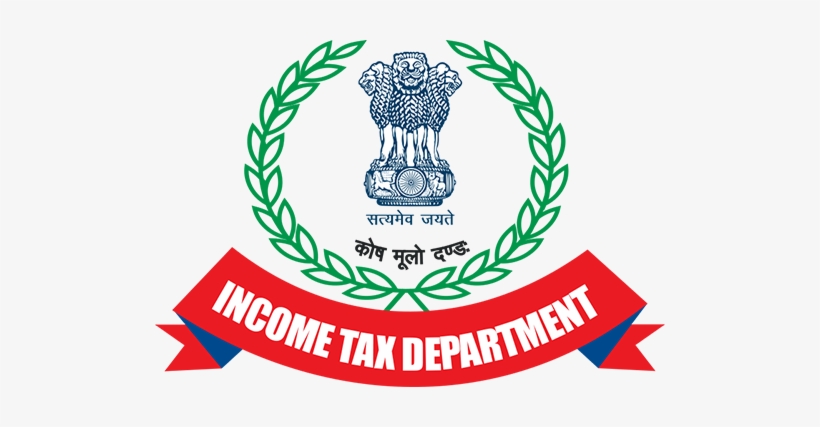Corp. Tax Concessions-Stemming the Tide
September 27, 2019 | Expert Insights

Background
From the financial year 2012, the Indian economy has been witnessing a slowdown in both savings and investments. A fall in household savings means that fewer funds are available to borrow or invest. Many experts have attributed this slowdown as a structural issue. The decline in sales in the automobile industry, lesser real income, fewer jobs and a collapsed realty market are all symptomatic of the deeper fault lines in our economy.
Under pressure to take concrete steps to sustain growth, the government announced measures to improve liquidity and encourage investments. One step which has widely been welcomed is the reduction in the corporate income tax rate from 30% to 25.17%.
Analysis
While the assorted concessions announced with retrospective effect have been welcomed by the business world, the worry is how this largesse will impact government fiscals. The exchequer is already under pressure from a large number of unprofitable public sector ventures and a barrage of electoral goodies held out to the electorate during the run-up to the elections.
The reduction in the corporate income tax rate was a rather unusual step as it was pushed through an ordinance, a move usually done through the annual budget, finance bill amendments and other reforms. This clearly indicates shedding of bureaucratic inertia and portends well for the Nation’s economic health.
With investors distracted by the US-China trade war, looking for greener pastures, India has presented them with one. Now, India’s base corporate tax rate of 22% is less than China’s 25%. Of course, Cambodia, Taiwan, Thailand, Vietnam and Singapore boast of still lower base tax rates. The ordinance brings good tidings for new companies that will set up manufacturing units in India after October 1st, 2019, by setting the tax rate at 17% on par with Singapore’s base tax rate. This is bound to attract foreign manufacturers looking for alternates to China and other SE Asian manufacturing hubs.
The government wants India to be a preferred destination for foreign portfolio Investment (FPI) and to achieve this, the government will not levy any surcharge on capital gains from FPI.
While these tax sops are beneficial to address the issues of the supply side economy, it is important to understand that there is also a lower demand in the decelerating Indian economy. People are buying fewer goods and the companies have mounting unsold inventories.
Will these tax cuts help revive consumer demand? It is assumed that when corporates have more money to invest in the market, this creates more jobs and thus savings and investments also increase. There is a matching increase in the value of physical assets such as real estate.
Counterpoint
It was stated by the Finance Minister that the government is to forego revenue estimated at ₹1,45,000 crore (($20.5 billion). The government may find solace from the ₹ 1,75,000 lakh crore from the surplus and dividends received from the Reserve Bank of India (RBI).
The rising tensions in the Gulf can act as a spoiler as higher oil prices could pose an obstacle in the government's rescue plans.
Some economists opine that the main reason for the slowdown in the Indian economy is the high tax rates on individuals. Similar tax reliefs to individuals will leave more disposable income with the middle class which could be utilised for investments.
Assessment
- The government has taken concrete actions which deserve to be commended. While fears of increasing fiscal deficit, the slowdown in public expenditure etc. will bedevil any fiscal initiative, these can be countered with appropriate measures.
- This is not the proverbial silver bullet and much more need to be done, and quickly. Other sectors also have to be taken care of as presently sole proprietorships and partnership companies are not benefited.
- The lowering of the tax rate to 15% for manufacturing companies incorporated after October 1, 2019, is interesting. The manufacturing sector has the opportunity to compete on par with other South-East Asian countries. But why restrict this tax cut only to manufacturing. The service sector too needs support.
- The fear of reduced revenues due to tax cuts is real. However, Delhi has assured of no let-up in government spending. It also promises to speed up disinvestment of unprofitable PSUs like Air India. It is further claimed that the current budget deficit, which was near the targeted 6% of the GDP, will be maintained at a manageable level. Perhaps it is hoped that lower taxes will accelerate economic activity and increase revenue.
- Opening the doors wider for foreign investment alone is not enough for sustained growth. Increased public spending to foster innovation and research in science, technology and pharma, could help India reap the benefits of a self-reliant economy not rocked by market fluctuations.
Image Courtesy: pngkit.com








Comments